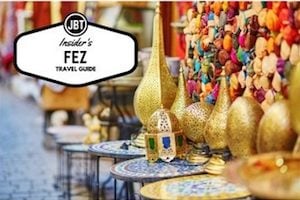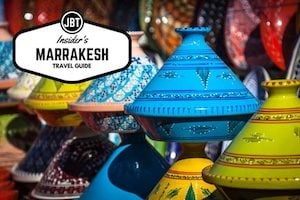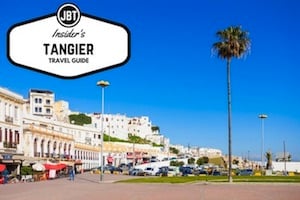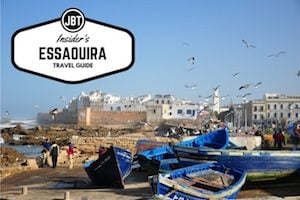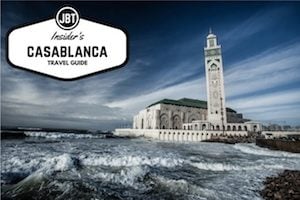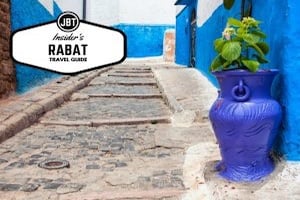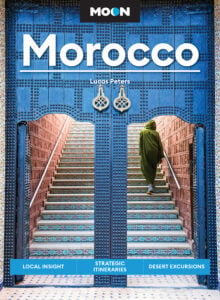A unique, ancient, and appealing city, the Fez Medina in Morocco holds true to its definition that it once was a non-European city in Africa or the Middle East. In Morocco, medina simply means “city”. And, Fez has two: the Fes-el-Djedid (new), built in the 14th century and Fez-el-Bali (old), which was built towards the end of the late eighth century. Built by the first Muslim Dynasty, the Idrissids, the renowned medina sits on the banks of the Fez River. Locals claim that the Kairouiyine Mosque, constructed during the reign of Yahya ibn Muhammed, is one of the oldest in Africa. In 859, the University of Karueein, as it is now called, was officially founded, giving the Fez Medina one of the oldest universities in the world.
The majority of the Fez Medina’s population was made up of refugees from surrounding Moorish dynasties, namely from Andalusia, Kairouan, and Tunisia. Each group established their own districts within the medina, usually separated by geographical markers, such as the river or surrounding rolling hills. Historically, the city was a melting pot of North African Muslims and Jews, who resided in what is known as the Mellah district. Today, people originating from Fez tend to have lighter skin tones, blond hair, and even green and blue eyes.
Throughout Fez’s long history, the leadership of the city often marked the personality of the city. When the Fatimids took over rule of the city in 917, the Idrissids who recaptured the territory in 960 soon overthrew them. In 985, it was taken over by the Ommayyads. Held until 1069, the Almoravid Sultan, Youssef ibn Tachfin succeeded in conquering it. Credited with joining the two walled cities into one, he erected one wall around both cities. Eventually, the Merenids move into Fez Medina in 1269, making it their new capital.
This era was the start of two centuries of building monuments and other important structures. The new quarter was started under Sultan Abu Youssef in 1437. The city remained somewhat stable until 1548, when the Saadians captured the old medina and made it part of the Moroccan Empire. Marrakesh was made into the new capital. But, with the rise of the Ottoman Empire, ruled by under Suleyman, the Magnificent, Fez Medina became the capital again. Followed by unrest and extreme poverty, Moulay Rashid took power in 1666.
Built with winding narrow alleyways, the walk through the Fez Medina is a walk back into time – a complicated labyrinth built to thwart invasions. This city remains a picture of medieval Islamic society set in modern times. Muslim women, especially in Fez’s past, had the tradition of keeping their faces covered from all males except family. Patios were built with high walls, which resulted in making the alleyways dark, but cool in the scorching summer months. Narrow winding streets make bicycles, donkeys and mules the chosen means of transportation. Mosques are in the center of the city with shops and residences built around them. Some habitants have stated that the residents of the old medina could live their entire life without ever venturing outside.
Bali, General Lyautey saved the oldest quarter of the Fez Medina when the French took over. He put into place the modern regulations that protect the medieval city from modern development.
Fez’s old Medina is still based on traditional industries, such as tanneries, soap making, textile and flourmills, along with oil processing. Cereal grains, olives, grapes and beans are the major crops of the area. Farming, raising sheep, cattle, and goats is still a stable way of life just along the city’s outskirts.
The Fez Medina has been named to the UNESCO list of World Heritage Sites.
By JBT Correspondent: Carole Morris
Morocco Travel at Journey Beyond Travel

